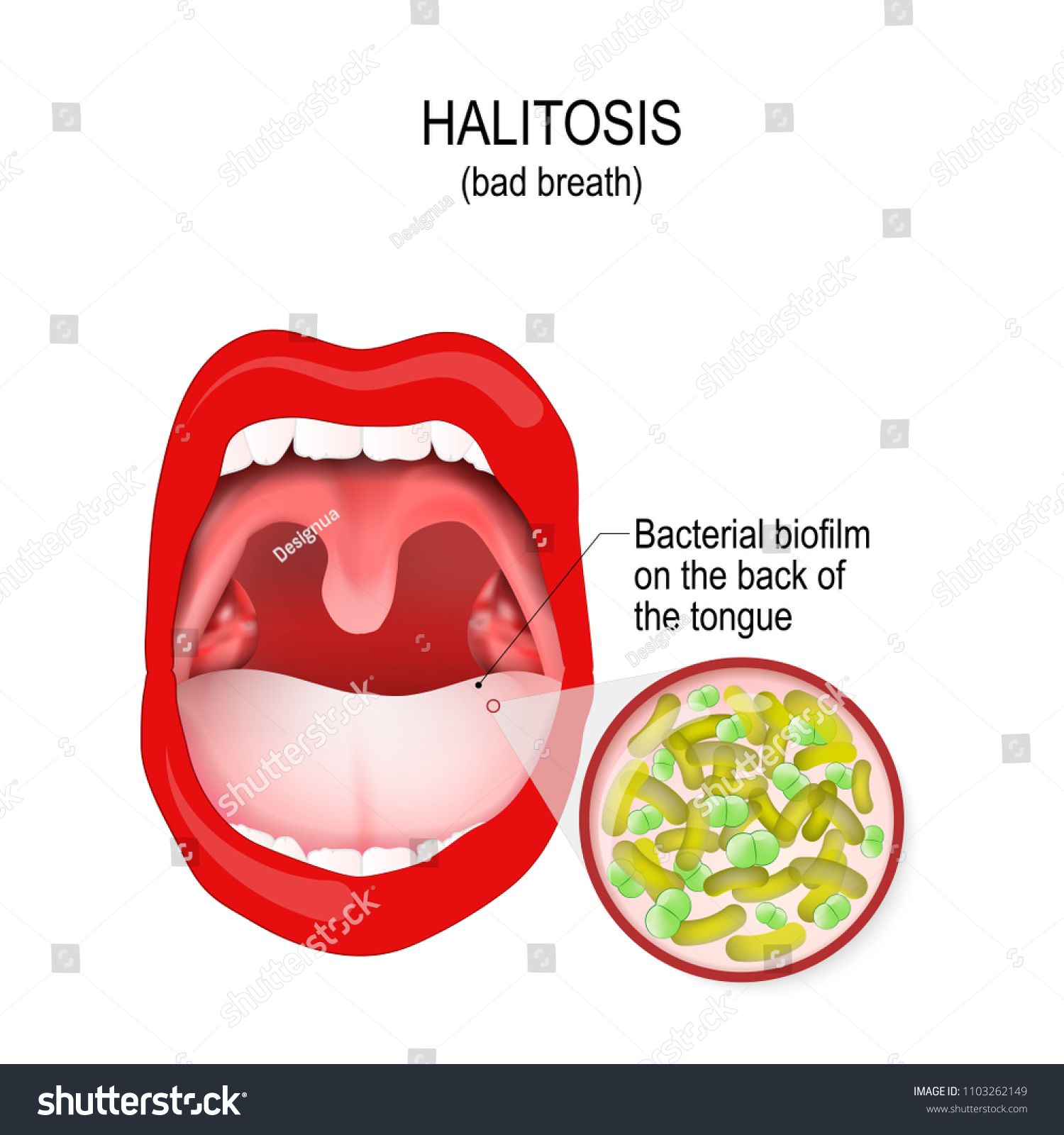12 Biofilm Mouth Hacks For Fresh Breath

The perpetual quest for fresh breath is a universal concern, touching upon aspects of health, social confidence, and overall well-being. At the heart of this issue lies the complex ecosystem of the mouth, where biofilms—communities of microorganisms adhering to surfaces—play a crucial role. Biofilms in the mouth, including those on teeth, gums, and tongue, can be both beneficial and detrimental, depending on their composition and how they are managed. Here, we’ll delve into 12 biofilm mouth hacks designed to promote a healthy oral environment and, by extension, fresh breath.
1. Hydrate Adequately
Staying hydrated is fundamental for maintaining a healthy oral environment. Water helps to rinse away loose bacteria and food particles from the mouth, preventing them from accumulating and forming harmful biofilms. Moreover, saliva contains enzymes that break down food, especially carbohydrates, and has antibacterial properties that help control the growth of pathogenic microorganisms.
2. Practice Good Oral Hygiene
Regular brushing and flossing are critical for controlling biofilm formation on teeth and gums. Using a fluoride toothpaste can help strengthen tooth enamel, making it more resistant to acid attacks from plaque bacteria. Additionally, interdental brushes and floss can reach areas between teeth where a regular toothbrush cannot, reducing the accumulation of biofilms in these hard-to-reach spaces.
3. Tongue Scraping
The tongue can harbor a significant amount of bacteria, contributing to bad breath. Using a tongue scraper daily, especially in the morning, can remove bacteria, dead cells, and debris from the surface of the tongue, improving breath freshness and reducing the overall bacterial load in the mouth.
4. Oil Pulling
This ancient practice involves swishing oil (such as coconut, sesame, or sunflower oil) around in the mouth for several minutes before spitting it out. Oil pulling is believed to help reduce the formation of biofilms by pulling out bacteria and other harmful microorganisms from the mouth. While scientific evidence is mixed, some proponents claim it helps in reducing bad breath and improving oral health.
5. Chlorophyll Mouthwashes
Chlorophyll has been suggested to have deodorizing properties, which can help neutralize bad breath. Some mouthwashes and oral care products contain chlorophyll or its derivatives, claiming to not only freshen breath but also promote a healthier oral environment by combating pathogenic biofilms.
6. Probiotics for Oral Health
Certain strains of probiotics are designed to support oral health by promoting a balanced microbial community in the mouth. These beneficial bacteria can help counteract the effects of harmful biofilms, reducing the incidence of issues like bad breath, gum disease, and tooth decay.
7. Dietary Adjustments
Diet plays a significant role in oral health and biofilm management. Consuming sugars and refined carbohydrates can lead to an overgrowth of harmful bacteria, while a diet rich in fruits, vegetables, and whole grains can provide essential nutrients and fiber, helping to maintain a healthy balance of oral microbiota.
8. Sugar-Free Gum
Chewing sugar-free gum can stimulate saliva production, which, as mentioned, has natural antibacterial properties and can help rinse away bacteria and food particles. Look for gum with the American Dental Association (ADA) Seal of Acceptance, indicating it has met certain standards for safety and effectiveness.
9. Regular Dental Check-Ups
Regular visits to the dentist are crucial for maintaining oral health. Professional cleanings can remove plaque and tartar (hardened biofilm) from teeth, both above and below the gum line, which is essential for preventing gum disease and other issues related to biofilm accumulation.
10. Avoid Smoking and Tobacco
Smoking and tobacco use can significantly impact oral health, leading to conditions such as gum disease, tooth decay, and bad breath. These products can alter the oral microbiome, favoring the growth of harmful biofilms.
11. Essential Oils
Certain essential oils, such as tea tree oil, eucalyptus, and peppermint, have been shown to have antibacterial properties that can help control the growth of harmful oral biofilms. However, these oils should be used with caution and typically as part of a mouthwash or oral care product, as undiluted essential oils can be harmful.
12. Monitor and Adjust
Lastly, being mindful of your oral health and how your mouth feels is key. If you notice persistent bad breath despite good oral hygiene, it may indicate an underlying issue that needs attention. Adjusting your oral care routine based on your specific needs and the feedback from your body can help in managing biofilms effectively.
FAQ Section
How often should I visit the dentist for professional cleanings?
+Visting the dentist for professional cleanings and check-ups at least twice a year is recommended for most adults. However, this frequency may vary based on individual oral health needs and risk factors for oral diseases.
Can bad breath be a sign of a more serious health issue?
+Yes, persistent bad breath can sometimes be a sign of an underlying health issue, such as gum disease, diabetes, gastrointestinal problems, or other systemic conditions. If bad breath persists despite good oral hygiene, it's a good idea to consult with a healthcare provider to rule out any underlying health issues.
How does a probiotic support oral health?
+Oral probiotics are designed to promote a healthy balance of bacteria in the mouth. They can help reduce the growth of harmful bacteria, support gum health, and even contribute to fresher breath by promoting a balanced oral microbiome.
In conclusion, managing biofilms in the mouth is a multifaceted approach that involves regular hygiene practices, dietary considerations, and potentially incorporating products or practices like probiotics, tongue scraping, and sugar-free gum. By understanding the role of biofilms and taking proactive steps, individuals can better maintain a healthy oral environment and enjoy the benefits of fresh, confident breath. Whether through conventional dental care or more holistic approaches, the key to a healthier mouth and fresher breath lies in a comprehensive strategy tailored to the individual’s unique needs and circumstances.

